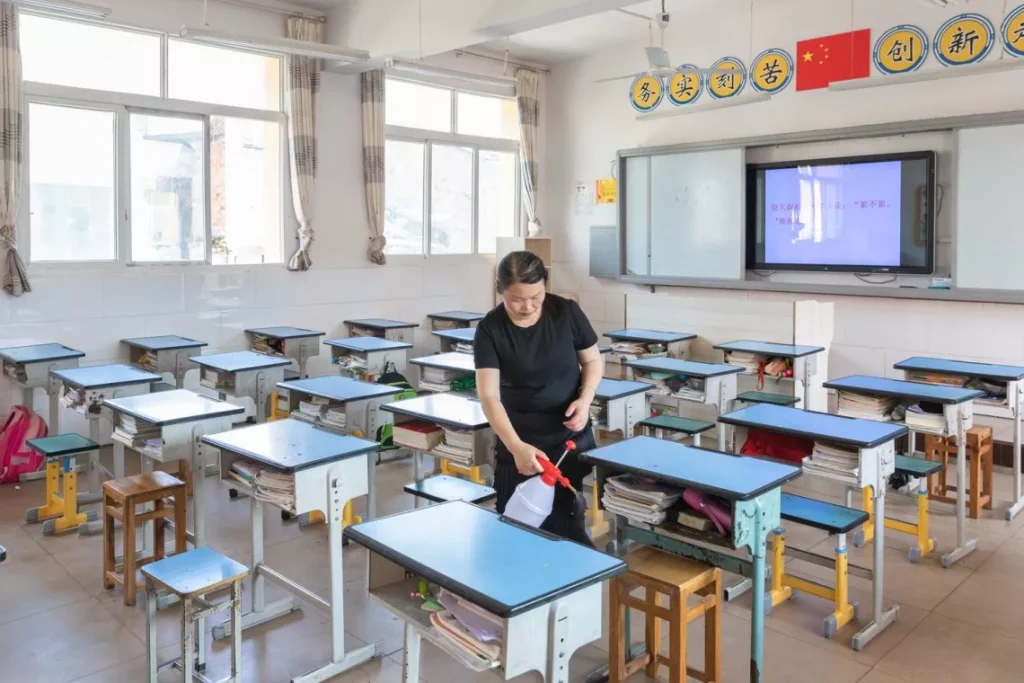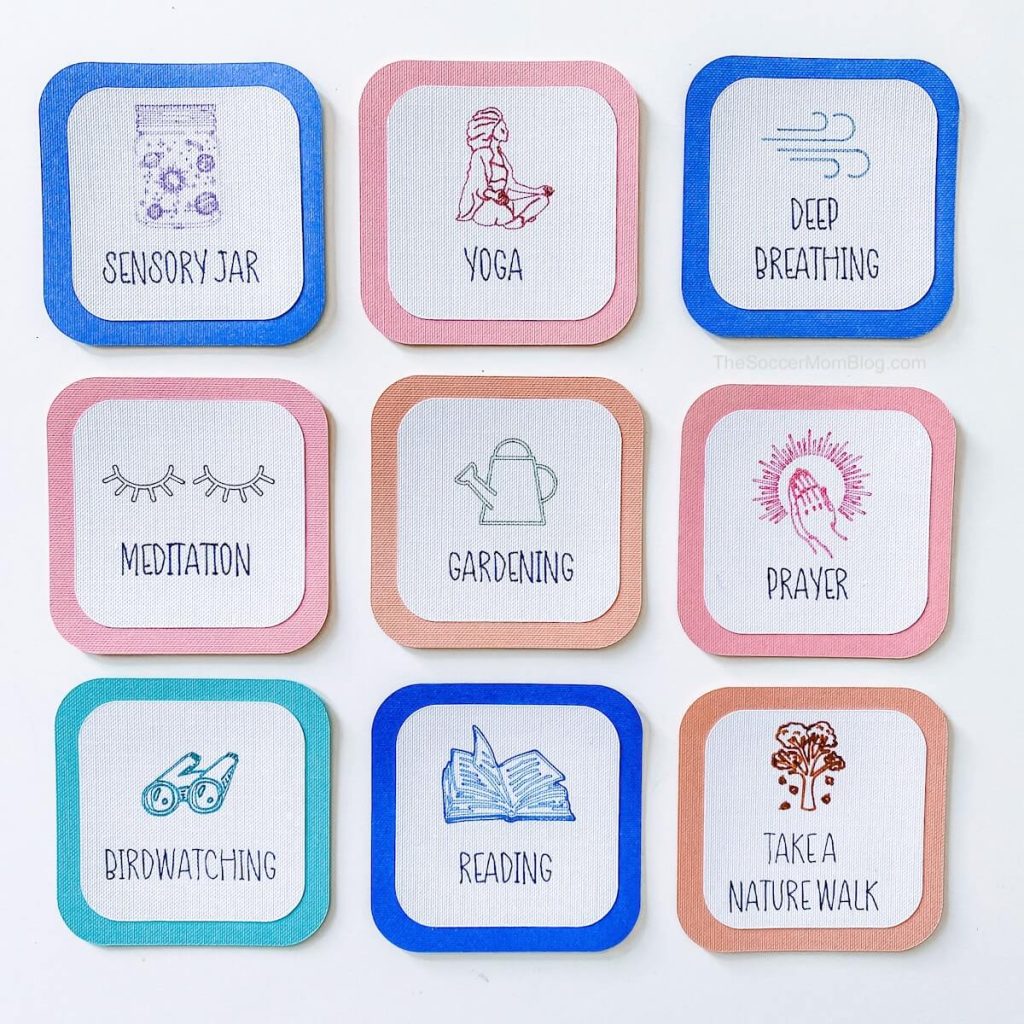As schools grapple with health challenges, reducing germs in the classroom has become more crucial than ever. Here are tips educators and students can follow to maintain a healthier environment:
1. Hand Hygiene: Encourage frequent handwashing with soap and water for at least 20 seconds. Provide hand sanitizers with at least 60% alcohol for cases where soap isn’t readily available.
2. Disinfect Surfaces: Regularly clean and disinfect frequently touched surfaces such as desks, door handles, and light switches using EPA-approved disinfectants.
3. Proper Ventilation: Open windows or use air purifiers to increase airflow and reduce the concentration of airborne pathogens in the classroom.
4. Use of Personal Protective Equipment (PPE): Implement policies for wearing masks, especially when social distancing is not possible, to reduce the spread of germs via respiratory droplets.
5. Social Distancing: Rearrange desks allowing for space between students, ideally six feet apart, to minimize close contact.
6. Stay Home When Sick: Encourage students and staff to stay home if they’re feeling unwell or showing signs of illness to prevent the spread of germs.
7. Educational Programs: Conduct regular educational programs on the importance of hygiene and ways to stay germ-free, including proper sneezing and coughing etiquette.
8. Minimize Sharing: Limit the sharing of objects such as books, supplies, and electronic devices; if sharing is necessary, ensure items are disinfected between uses.
9. Vaccinations: Promote vaccinations against seasonal flu and other preventable diseases among students and staff to enhance community immunity.
10. Safe Eating Practices: Ensure that food is not shared amongst students, and eating areas are cleaned before and after meals.
By implementing these practices, schools can actively fight against the spread of germs in classrooms and provide a safer learning environment for everyone.






